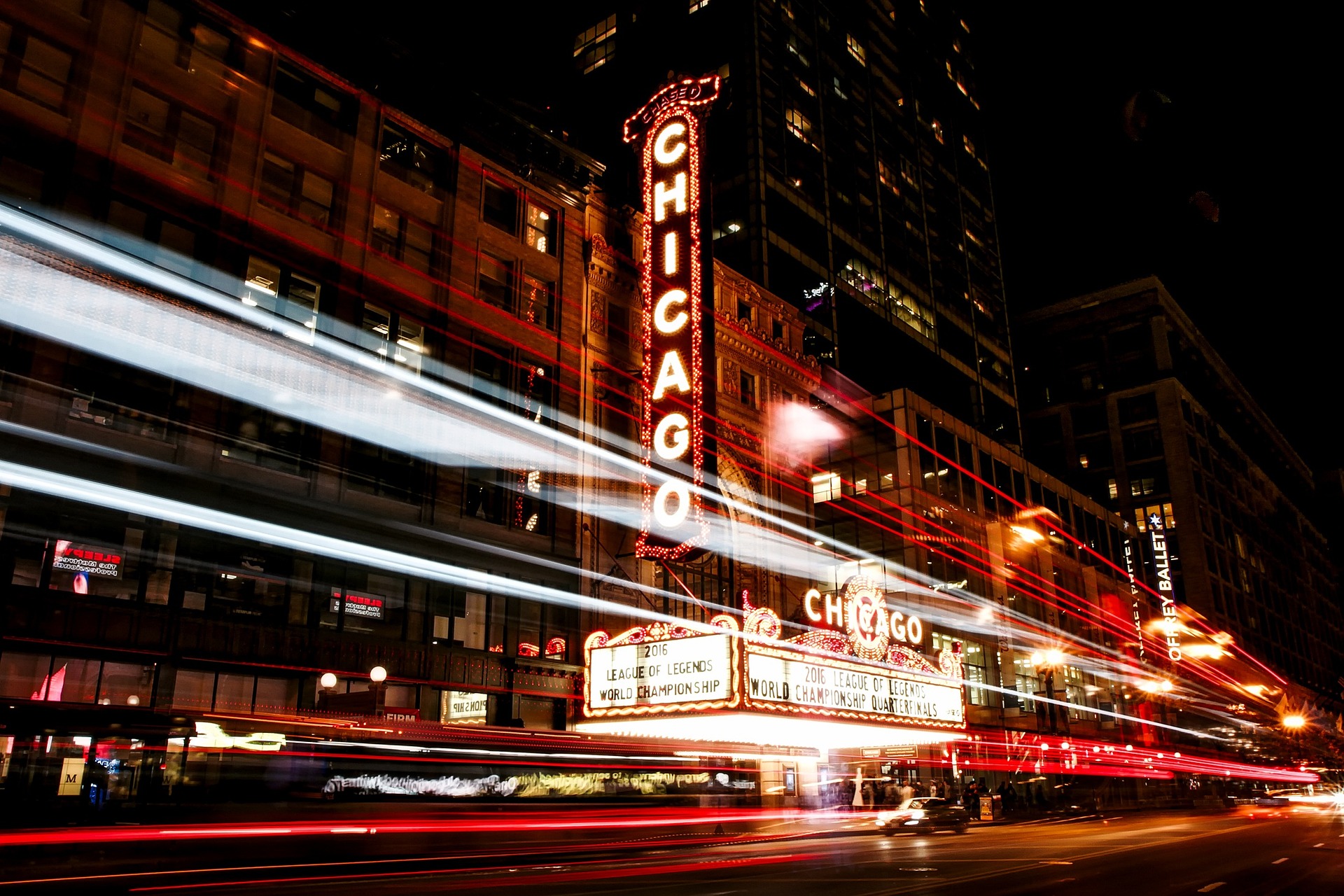Redefining Reality: The Explosion of Virtual Reality in Performing Arts
Introduction: Delve into the fascinating world of virtual reality (VR) as we explore its transformative impact on the performing arts industry. From theatre to dance, VR is redefining boundaries and changing the way we experience art. The journey of VR in performing arts began in the early 1990s when it was still considered a novelty. Since then, VR technologies have undergone significant improvements, leading to their incorporation in various art forms. Today, VR is not only used to design sets and plan blocking but also to engage audiences in immersive experiences that were unimaginable a few years ago.

Current Advancements in VR Performing Arts
Recently, the integration of VR in performing arts has taken a leap forward. Companies like The National Theatre in London have launched dedicated VR studios, while dance companies like Rambert2 are experimenting with VR to challenge traditional performance spaces. These ventures aim to blur the boundary between the virtual and the real, offering audiences a completely new way to experience performances.
The Impact and Significance of VR in Performing Arts
The impact of VR on performing arts is profound. It has the potential to democratize theatre by making performances accessible to those who might not otherwise have opportunities to attend. Moreover, it offers a new dimension to storytelling, allowing artists to explore themes and narratives in innovative ways. The reception so far has been positive, with audiences appreciating the immersive experiences offered by VR.
The Challenges of Integrating VR into Performing Arts
While the potential of VR in performing arts is undeniable, it also presents several challenges. The technology is still in its infancy and can be expensive to implement. Furthermore, the very nature of VR – which isolates the user in a virtual world – can be antithetical to the communal experience of theatre. Overcoming these challenges will require creativity and innovation from artists and technologists alike.
Looking Forward: The Future of VR in Performing Arts
Despite its challenges, the future of VR in performing arts looks promising. As technology continues to evolve, we can expect to see more innovative and immersive VR performances. Furthermore, the ongoing pandemic has underscored the importance of virtual experiences, which may further drive the adoption of VR in performing arts.
In conclusion, VR is transforming the performing arts in profound ways. From providing new ways to engage audiences to offering novel approaches to storytelling, VR is redefining the boundaries of artistic expression. As we move forward, it will be exciting to see how this technology continues to shape the future of performing arts.




